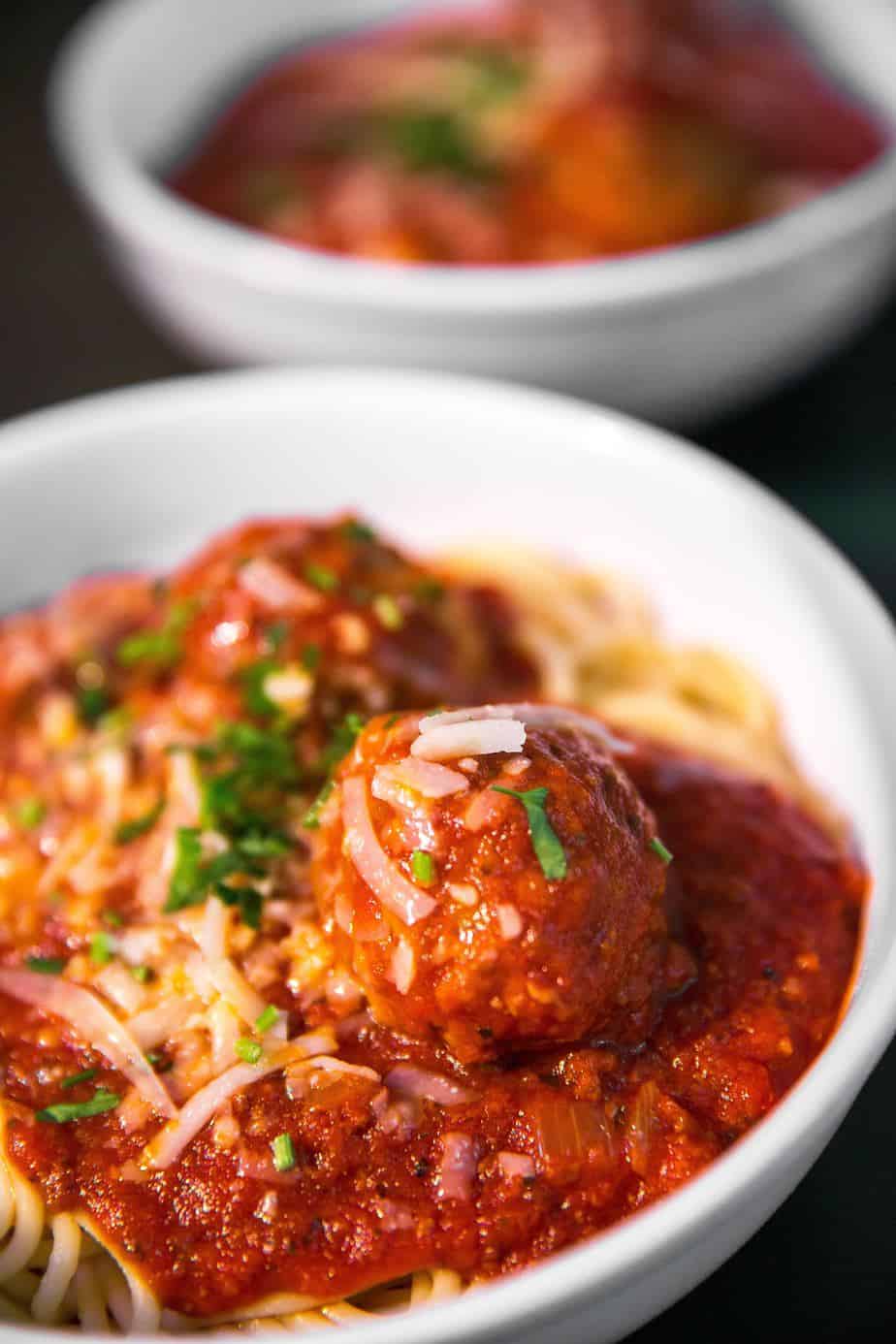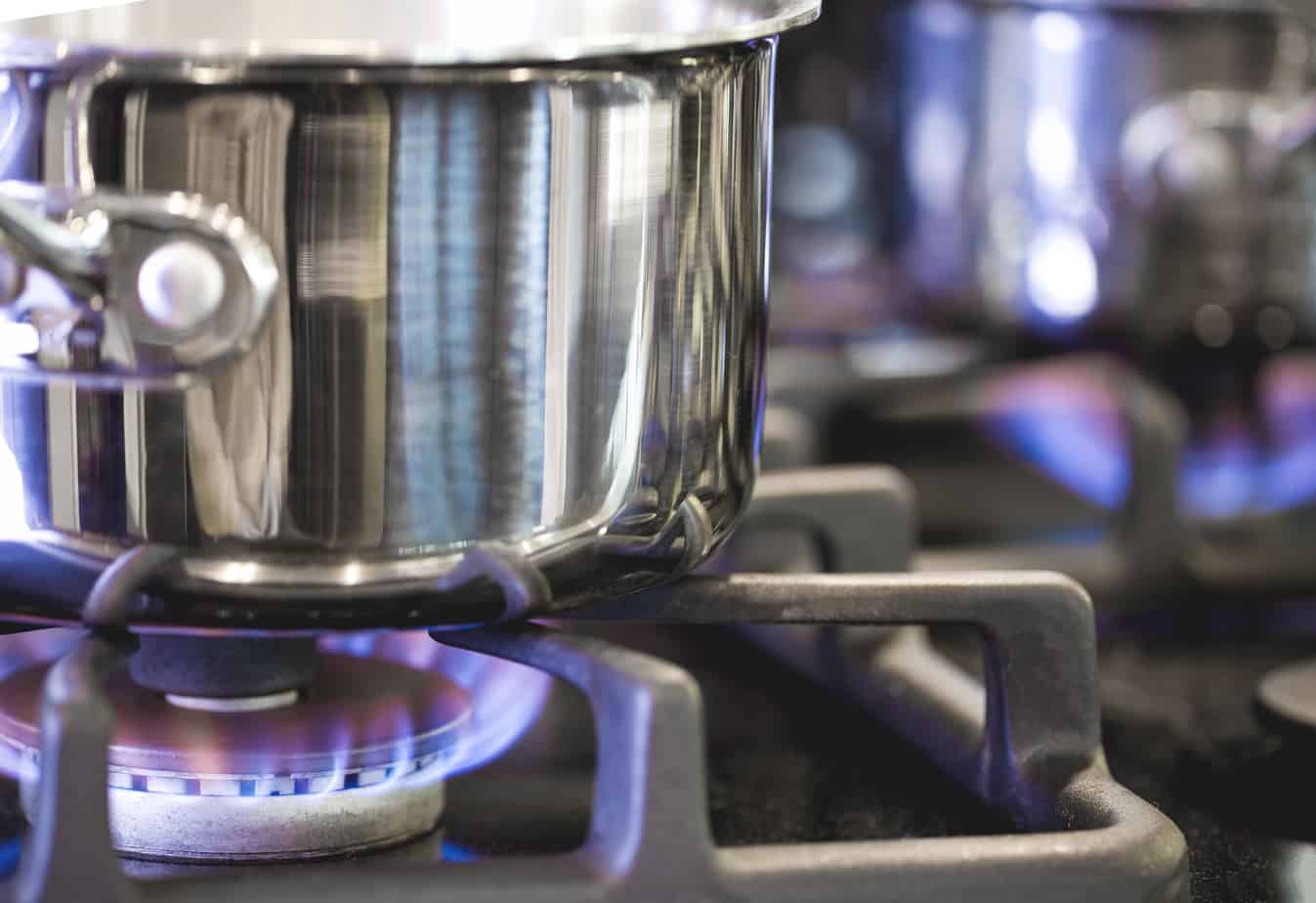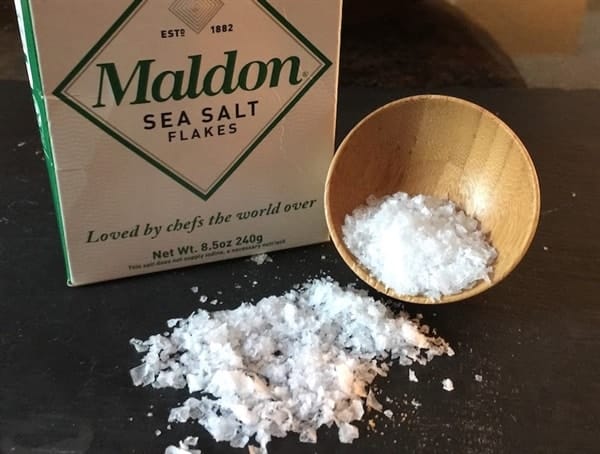How To Avoid The Most Common Mistakes That Home Cooks Make
How to stop making common cooking mistakes in your home kitchen, and what do to instead.
At some point in their life, almost everyone has to cook something for themselves, unless you have a private chef cooking for you every day. If you're an avid foodie, or you're one of those people who "burn water", we've got some great strategies on how to avoid the commonly made mistakes in your residential kitchen, and actually, be a much better home cook.
- How to stop making common cooking mistakes in your home kitchen, and what do to instead.
- Adding Sauce to The Pasta Instead of Pasta to the Sauce
- You don't preheat your oven properly or long enough.
- You just scoop and dump your flour when baking.
- You don't mise en place.
- You Never Sharpen Your Knives!
- You don't preheat your pan hot enough before adding ingredients.
- You only add salt to your food at the end of the cooking.
- Your food lacks adequate depth of flavor because you don't use enough acid.
- Your entire cooking life revolves around your ancient non-stick cookware.
- You can't stop moving the food around. Put that spatula down turbo!
- You think you're some variety of the Barber of Seville, let your meat rest!

Adding Sauce to The Pasta Instead of Pasta to the Sauce
You're making a delicious version of a pasta recipe, most home cooks will just spoon sauce on top of their pasta to finish the dish right before it goes to the table. Whenever you cook pasta, you always want to cook the pasta that Italians like to call "al dente" or to the tooth, meaning slightly underdone. If you are using dried package pasta, always undercook the pasta by 2 minutes less than the stated time from the directions on the package.
After you've removed the pasta from heavily salted pasta water, immediately add your piping hot pasta to a pan of simmering sauce to finish cooking the pasta for its final two minutes. Not only will you have perfectly cooked pasta, but the last two minutes of cooking time will allow your pasta to infuse with all of that saucy goodness and produce a much richer flavor. Also if your sauce is a bit on the watery side, the pasta is added to the sauce will help naturally thicken the pasta sauce. Mangia Benne!

You don't preheat your oven properly or long enough.
Why do most recipes always start with instructions that say "Preheat the oven to". No matter how basic or fancy your home oven is, it still takes time for it to come up to the proper temperature. Even once the internal thermostat display registers the desired cooking temp, the oven isn't fully ready yet. Most home cooks as soon as the oven display says is ready, or even worse, before the oven beeps to let you know it's preheated, you're slamming the food in the oven to "get 'er done!".
You always want to allow a minimum of 5 to 10 minutes after preheating for your temperature in your oven to stabilize, and before you put your item in the oven to cook, always double-check your oven temperature with a trusted oven thermometer to ensure that your oven is properly calibrated. You'd be surprised how many times most residential ovens are off-temp by as much as 50-100 degrees!
You just scoop and dump your flour when baking.
Unlike savory cooking, baking is an exact scientific method of cooking involving accurate measurements and blended chemical compounds to make that delicious baked good that you know and love. Quite often most home cooks will simply plunge the measuring cup into the bag of flour, level it off, and then just dump it in the bowl.
The proper way to measure flour is known as the fluff, spoon, level, and weigh method. This method involves fluffing to lighten your flour that often gets compacted in its storage vessel, then lightly spooning the flour into a proper dry measuring cup followed by verifying its weight with a digital kitchen scale.

You don't mise en place.
Misen who? Mise en place is the fancy French equivalent of prep your ingredients ahead of time. An essential part of cooking is to follow a recipe, recipes are guidelines and procedures that will need to be followed in order to execute the recipe to get the desired finished outcome. How many times do you run back and forth between the pantry, the fridge, the spice cabinet, and your counter when you're making dinner?
The first thing you need to do when planning to cook is to always read the recipe all the way from start to finish. Next, you will want to gather all of your ingredients, along with the necessary equipment such as mixing bowls, pots & pans, measuring spoons or cups, and then prepare all of your ingredients before you start actually cooking.
This means pre-chopping, properly measuring and weighing out all of your ingredients, and having them right at fingertip touch when you're ready to reach for them while you're preparing the recipe. This way you don't walk away from the stove when you're supposed to be stirring something to go dig in the pantry, only to come back to your pot boiling over or scorched into oblivion. Consistent mise en place is what sets professionals apart from amateurs.

You Never Sharpen Your Knives!
If you never learn anything from me, please learn this. ALWAYS USE A SHARP KNIFE!
A sharp knife will not only makes light work of your chopping and dicing chores but also is always much safer than a dull knife. Whenever you use a dull knife, you have to apply magnitudes more pressure to get it to do its job. This often can result in catastrophic injuries to your food, or yourself. How many times have you been trying to cut something like a tomato and ended up squishing it and making tomato juice instead of a nice slice of tomato?
You will want to hone your knife at least once every few days (or what I do which is once per day). Taking a honing steel to your knife will keep the micro edge of the blade (the part that does the actual cutting) straight without wearing it down. As we cut, the micro-edge V shape point of the knife ends up rolling over. We want to realign that V shape by honing. Once every couple of months, sharpen your knives with a home knife sharpener.
For the best results and lifespan of your kitchen knives, never ever put your knives in the dishwasher, and always have them professionally sharpened once a year.

You don't preheat your pan hot enough before adding ingredients.
How many times have you put something in the pan only to have it stick like crazy? For example, if you're wanting to make stir fry and your veggies end up soggy and lifeless before they get any color on them?
When you're searing a piece of meat, and you add it to a tepidly warm pan, not only will it stick, but may end up looking grey and lifeless by steaming in the pan instead of searing. By the time you finally get that beautiful brown crust on the outside of the steak, the inside is way overcooked and you need a chainsaw to cut the meat.
Using a hot pan causes the moisture in whatever you're putting in the pan to rapidly evaporate and cause the Maillard reaction to occur, by removing the excess moisture, and the naturally occurring sugars in the ingredient to caramelize. The only time that you may not want to preheat your pan is if you are cooking something like bacon or a duck breast, and you want to slowly heat the product and pan to render the fat out gently.
When searing a piece of meat, always blot all sides of it with a piece of paper towel just before seasoning it, and putting it into your preheated pan. Removing this excess moisture gives you a great crust when searing to seal in all of those juices.

You only add salt to your food at the end of the cooking.
Salt, but moreover, the type of salt you use in your cooking is critical to delicious food. One of the most common mistakes made by home cooks is using the wrong type of salt as well as improperly using salt in their cooking.
Never use table salt. Simply put, this stuff is absolute crap. Most table salt is fine granule salt that is often infused with iodine, called "iodized salt". Never cook with it, simply use it with some lemon to clean your cutting boards to use up anything you have left over, never ever buy it again.
Use the proper type of salt. There are several types of salt that you should be cooking with, and each one has its own purpose. Make sure that you use the right type of salt for your recipes.
Chronic under-seasoning. By far this is the worst plague faced by home cooks. To ensure that your food is always properly seasoned, add salt and pepper throughout the cooking process. Taste your recipe along the way, and don't wait until the end of cooking to add your salt.
Your pasta water doesn't taste like the ocean. Whenever you're boiling pasta or blanching your farm-fresh vegetables, always add plenty of water to the pot. Then actually go ahead and taste the water. If it doesn't taste like you just swallowed a mouthful of the Pacific Ocean, it's truly not salty enough. Most of the salt that you add to the water will stay in the water after you've removed the ingredient from it. Under-salting your water results in bland food.

Your food lacks adequate depth of flavor because you don't use enough acid.
Acid is equally important to the proper seasoning of your finished dishes as the proper use of salt in cooking is. Acid in cooking comes in many forms, but the most commonly used forms of acid are citrus juice, or vinegar added right at the end of cooking. Doing something as basic as adding a splash of lemon juice, or a tablespoon or two of vinegar to savory dishes will make those flavors stand up and take notice. Also, the use of acid in heavier dishes that have a higher fat content in them such as braised meats, stews, chili, etc. will take those dishes from flat and unidimensional to a multi-layered flavor extravaganza in an instant.

Your entire cooking life revolves around your ancient non-stick cookware.
If your entire pan collection is all non-stick, your food is always going to come out a little wonky. Don't get me wrong, non-stick pans do have a purpose, they are perfect for cooking eggs, crepes, or pancakes. But literally, that's ALL they are good for.
Most home cooks will crank up the heat on their non-stick cookware and try to sear in them. Use of non stick cookware with high temperatures not only can this cause premature failure of your non-stick coating, it can possibly release toxins that can make you sick.
Whenever you're cooking and you need constant, even heat, or you're looking to sear something, never use non-stick! There are plenty of great and affordable alternative cookware options out there. Investing in something as simple as a great quality pre-seasoned cast iron pan and a set of simple stainless steel pots and pans are truly all most home cooks will need. Leave the non-stick cookware to the breakfast preparation only, please.
You can't stop moving the food around. Put that spatula down turbo!
I get it, food is fun to cook, and that's exactly why I'm a chef. I totally get that you love to toss your food around the pan every few seconds like it's some sort of WWE wrestling match, in hopes that it will cook faster. In fact, it won't. When you're cooking, leave the food in contact with the pan and allow it to cook. Leaving the food in the pan and only moving it on occasion will help it enrichen your ingredient flavors, textures, and that golden brown color that we're all after.
If you can't stop yourself from senselessly fidgeting with the food, put down the spatula, and go pour yourself a glass of wine. Trust me, cooking is better with wine, sometimes I even put it in the food!

You think you're some variety of the Barber of Seville, let your meat rest!
So you've worked really hard to prepare a beautiful piece of meat, and you just immediately cut into it, and the juices run all over your cutting board. Am I right?
When you remove the meat you're cooking from its heat source, like the oven or the grill, it actually continues cooking for a period of several minutes. During this time the meat juices inside redistribute themselves back into the cells of the meat resulting in juicy and flavorful meat. The muscle fibers of the meat tense up when the heat is applied.
They need ample time to relax after they've come out of the hot environment to relax. The process called carryover cooking can continue to raise the temperature of the meat as much as 5-10 degrees. Always use a trusted digital instant read meat thermometer and remove your meat from the heat source PRIOR to reaching your desired finished cooking temperature.
To avoid losing all of those precious and flavorful juices, and turning your cutting board into a lake of meat juice, simply cover the meat with heavy-duty aluminum foil and allow it to rest for a minimum of 10-15 minutes. This will give those juices and fibers time to relax, and do their job in redistributing flavor all over your meat, so when you're finally ready to slice into the beautiful creation that you worked so hard to cook, it will taste amazing and be nice and juicy.
Check out our other recipes, tips & tricks for Easy, Effortless Entertaining from AWG Private Chefs!
- How to Thaw, Prepare, Cook, and Carve the Perfect Turkey That's NEVER Dry!
- 10 Must Haves For Every Home Kitchen
- Holiday Party Wine Pairing Suggestions
- 7 Reasons Why People are Hiring a Private Chef for Their Next Dinner Party
About the Author: Certified Master Chef, Sommelier & Wine Educator, Sean Andrade is the executive chef/owner of AWG Private Chefs, named the #1 Private Chef Company in California. Chef Sean has worked in the restaurant and hospitality industries worldwide for more than 25 years. His company AWG Private Chefs offers highly custom-tailored, bespoke private chef dining experiences, and private event catering in over 30 countries around the globe.